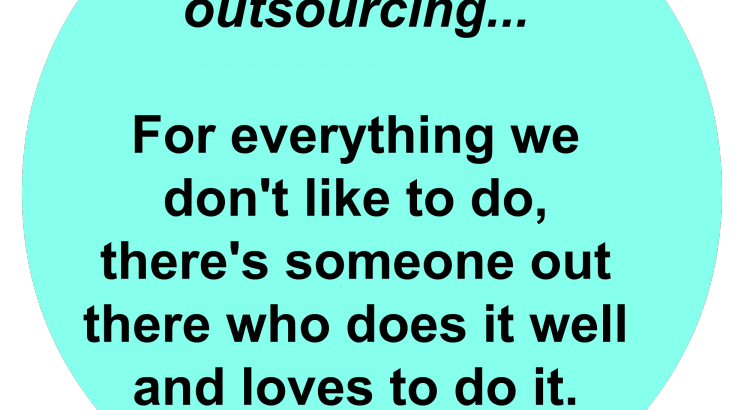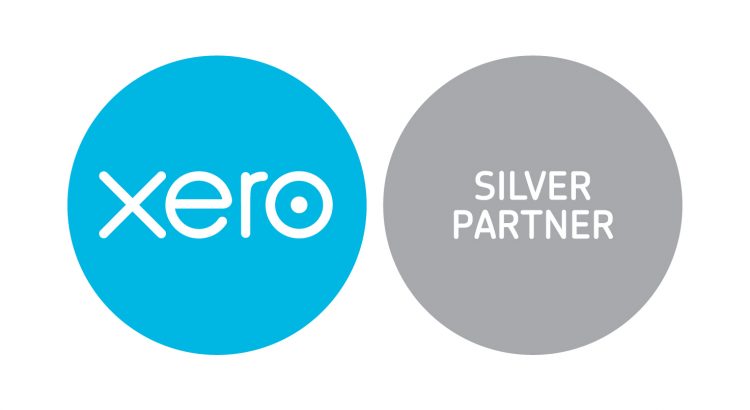No doubt you’ve heard of cloud accounting by now. Xero, MYOB and Quickbooks are all in the game. But you still have a data file on your computer because quite frankly the thought of changing accounting systems ranks right up there with running a marathon. It’s outright scary! It’s not just the event itself that’s confusing you, but also the lead up and the training that is required. What if you don’t like it and what if it takes too long?
We are creatures of habit, we like what we know because it works. It might not be the best or perfect but it’s functional. But does your current accounting data file continue to add value to your business? Unlearning a system is just as hard as learning a new one. But unlearning may also be your undoing.
In the last couple of months I have had the pleasure of working with businesses to convert them to Xero. Watching business owners come to the realization that they worked in the dark for so long is reward enough. The clincher is REAL TIME ACCOUNTING. The ease at which they can manage their finances and see what I can see means they are in touch with their business and can get answers to their questions. The primary one being “what is my bottom line?”
Lately my conversions have had a focus in the hospitality industry. Hospitality operates in an economic environment where you need to keep up to date on how much you owe and what your bottom line is. It can mean the world of difference in making decisions affecting your trading hours, staffing and your menu. Cafe, bar and restaurant owners are finding Xero gives them a snapshot of their business this week, not last quarter and it’s exactly what they need to ensure their survival in a competitive environment.
Here’s my bit of business intelligence to help with your conversion.
Approval
You just need to say yes let’s do it. I’ve had businesses think and think about it some more and really plan the right time. On the other hand I recently met a client for less than 30 minutes and he on the spot said “Let’s do it”. And so we did. The result for both is the same and depends entirely on your business.
To convert any system, your whole team should be engaged to accept the change. From the business owner right down to the bookkeeper. To alleviate any concerns, try a Xero demonstration or book in training session on how to use Xero once the conversion has happened.
Pick a date to convert
At the end of a quarter or financial year is the best. However have the Xero account set up a couple of weeks before end of quarter so it is ready to go by the 1st of the month and bank feeds will start being automated around the same time.
Choose the right conversion partner
When you make the decision to convert to Xero, make sure you chose the right conversion partner. Ensure they are a certified partner. Ensure their conversion packages also have the option to include training and support should you need it and any ongoing support you might need. Some conversion companies merely convert the file and hand it back without training or additional support so just check beforehand.
Make sure your data file is up to date
Up to the date of conversion, ensure your financial records are complete. This includes reconciled bank accounts, no duplicate contact files, payroll and Chart of Accounts.
Training and ongoing support
Training and education rarely get the attention they deserve in terms of planning the conversion. Many business owners don’t think past the actual conversion. No matter what qualifications your finance team already has, training is important to help manage change and the expectations of business and ensure everyone uses it consistently. Xero update and improve their software constantly and many users will learn best when explained by someone practically and also when they can get their questions answered in real time.
How long will it take?
You can be up and running within days and from this point your business can invoice and pay bills. Provided you can supply the information your bank accounts can be completely reconciled in 2-3 weeks (depending on how fast your bank feed applications are submitted and activated – most banks say 10 working days from receiving the application but depending on the bank it’s often sooner). You’ll wonder why you didn’t do it sooner!
I have come across stumbling blocks when businesses or their existing bookkeepers don’t provide the information in a timely fashion, and this only causes delays. Therefore it’s good to make sure in the lead up to converting to the cloud you start preparing your finance team early and get everyone talking to each other.
THE BOTTOM LINE
A conversion to cloud accounting is an achievable goal. With a progressive attitude and the thought of improving your business, you only need to say yes LET’S DO IT! Don’t think of it as a marathon. Think of it as a jog in the park, it doesn’t take that long and it makes you feel good.










